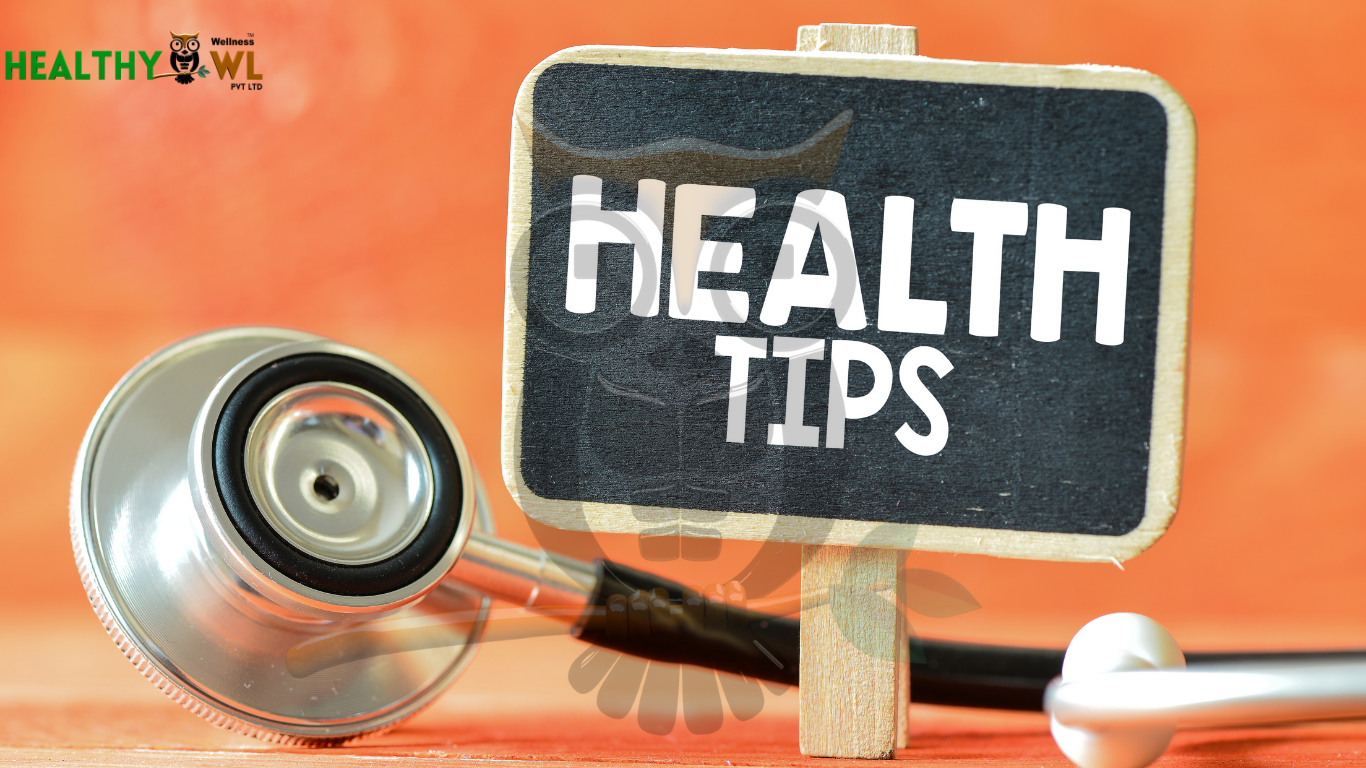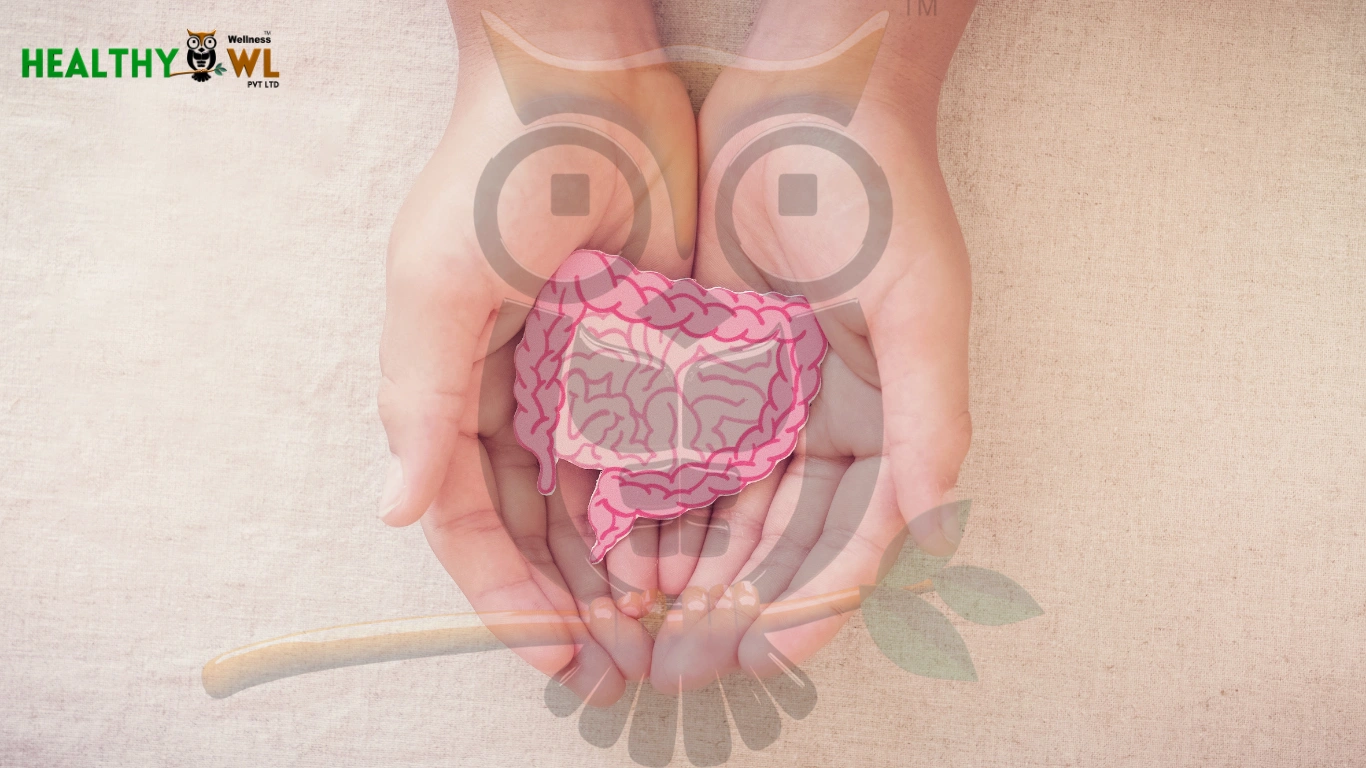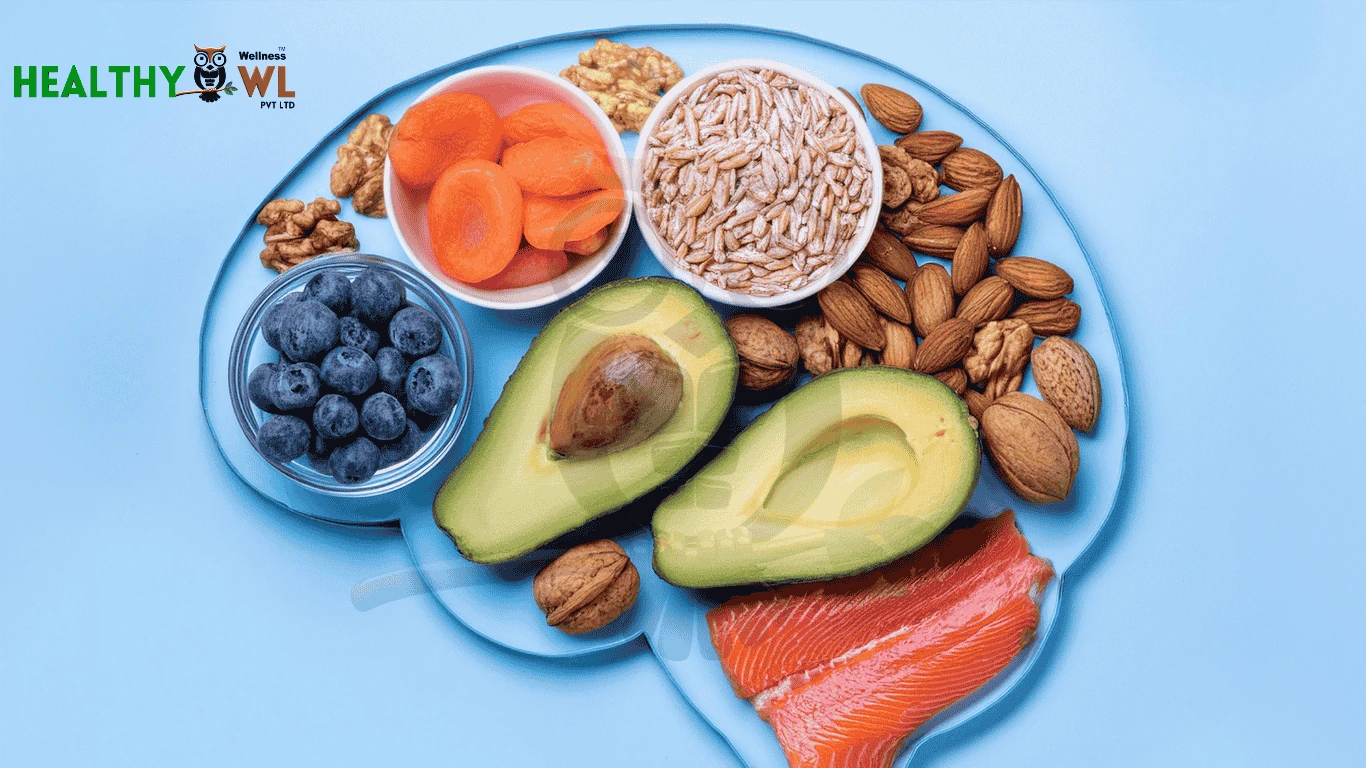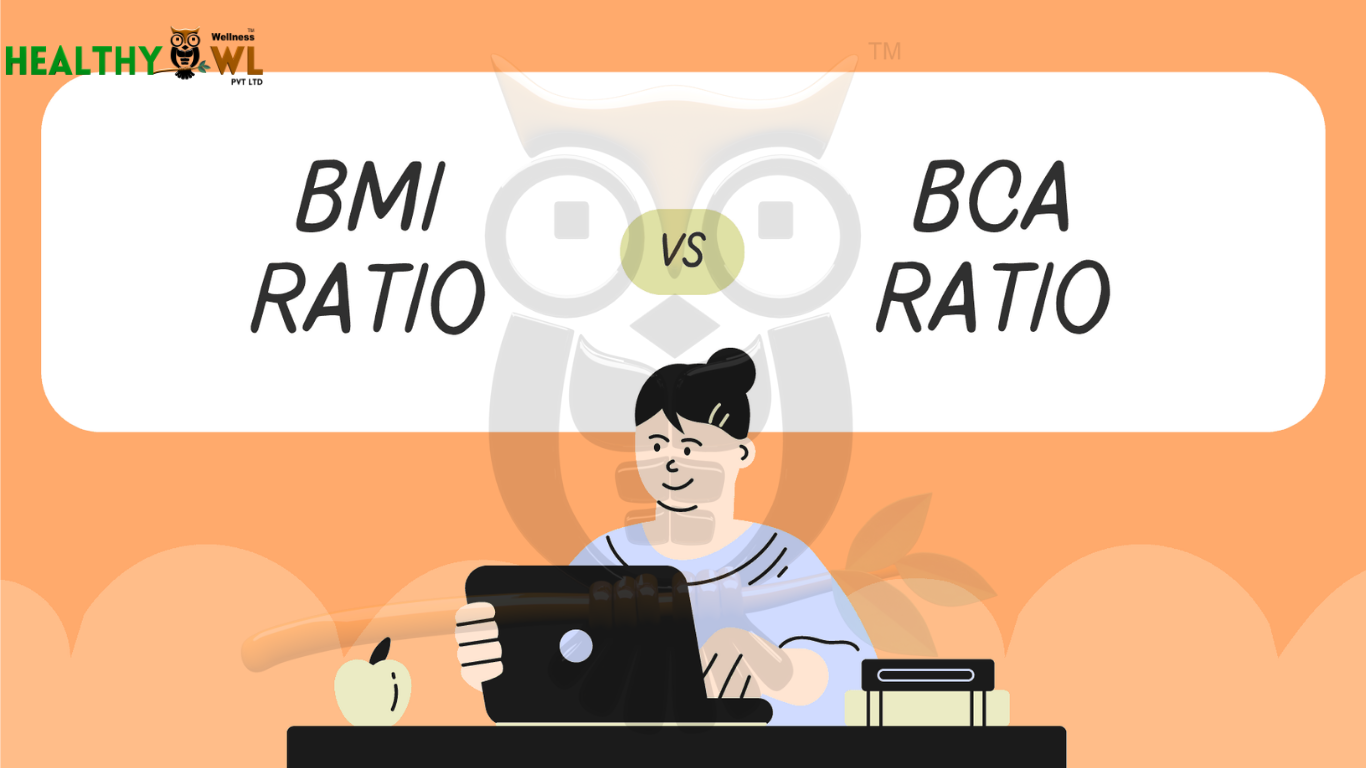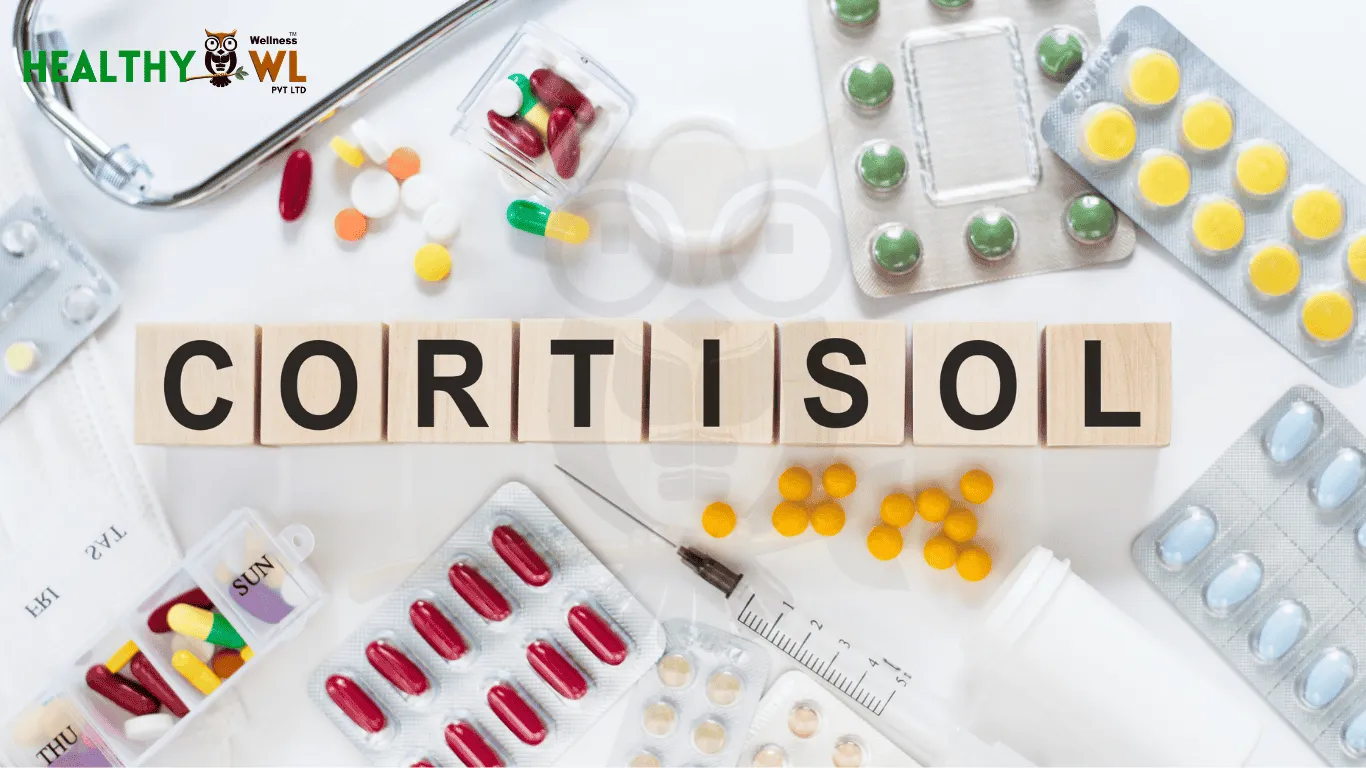When we think about fiber, the first thing that comes to mind is better digestion. True—fiber is the unsung hero of gut health. But what if we told you that fibermaxxing (the practice of consciously maximizing fiber intake for health benefits) goes far beyond regular bowel movements? Modern research reveals that a high-fiber diet impacts nearly every system in your body, from your brain and heart to your hormones and skin.
In this blog, we’ll uncover the surprising health benefits of fibermaxxing you didn’t know, why most people fall short on daily fiber intake, and how you can practically add more fiber-rich foods to your meals.
What is Fibermaxxing?
Fibermaxxing is more than just meeting the recommended daily fiber intake—it’s about optimizing your fiber consumption through a variety of plant-based foods to unlock its full health potential.
Most health organizations suggest:
- Women: 25–28 grams of fiber daily
- Men: 30–34 grams of fiber daily
Yet, studies show that the average intake is only around 15 grams per day—barely half of what we need. Fibermaxxing bridges that gap and emphasizes quality fiber sources like vegetables, fruits, whole grains, legumes, nuts, and seeds.
The Two Types of Fiber: Why Both Matter
To understand fibermaxxing, let’s quickly recap the two main types of fiber:
- Soluble Fiber – dissolves in water to form a gel-like substance. It helps lower cholesterol, stabilize blood sugar, and feed good gut bacteria. (Found in oats, apples, beans, chia seeds.)
- Insoluble Fiber – adds bulk to stool and speeds up digestion, preventing constipation. (Found in whole grains, leafy greens, nuts, cauliflower.)
A balance of both is key for optimal health.
Beyond Digestion: Surprising Benefits of Fibermaxxing
Fiber doesn’t just help your gut—it protects your heart. Soluble fiber binds with cholesterol particles in your digestive tract, preventing them from entering your bloodstream. This lowers “bad” LDL cholesterol and improves heart function.
Studies show that every 7 grams of fiber eaten daily lowers the risk of heart disease by 9%. Fiber-rich diets are also linked to lower blood pressure and reduced inflammation, making fibermaxxing a simple yet powerful heart-health strategy.
2. Stabilizes Blood Sugar & Prevents Type 2 Diabetes
Fiber slows down how quickly sugar enters the bloodstream. This means fewer spikes and crashes in blood sugar levels, making it essential for diabetes prevention and management.
- Soluble fiber in oats, beans, and lentils improves insulin sensitivity.
- High-fiber diets reduce the risk of developing type 2 diabetes by up to 30%.
For people already managing diabetes, fibermaxxing can help balance glucose levels naturally.
3. Boosts Weight Loss & Satiety
If you’ve struggled with cravings or portion control, fiber is your best friend. Because it expands in your stomach and digests slowly, fiber keeps you full for longer, helping reduce overall calorie intake.
Foods like lentils, flaxseeds, and whole grains promote satiety hormones like GLP-1, which signal your brain that you’re satisfied. Over time, this makes it easier to manage weight without extreme dieting.
4. Nourishes Your Gut Microbiome
Fiber is essentially fuel for your gut bacteria. Certain fibers act as prebiotics, meaning they feed the beneficial microbes in your intestines.
A healthy gut microbiome has been linked to:
- Better digestion
- Stronger immune system
- Improved mental health (via the gut-brain axis)
- Reduced risk of inflammatory diseases
Fibermaxxing with foods like garlic, onions, bananas, and legumes strengthens this ecosystem, leading to better long-term health. If you’re looking for a short-term plan, check out our 5-Day Gut Reset Plan
Also, don’t forget fermented foods like idli, dosa, and homemade pickles, which act as natural prebiotics. Learn more in our guide on Fermented Indian Foods Revival.
5. Improves Skin Health
Believe it or not, your skin reflects your gut health. When your digestive system functions optimally, your body eliminates toxins more efficiently. A diet high in fiber may help reduce acne, inflammation, and even early signs of aging.
Plus, fiber-rich foods are often high in antioxidants, vitamins, and minerals that support collagen production and skin repair.
6. Protects Against Certain Cancers
Research suggests that fiber plays a role in lowering the risk of certain cancers, particularly colorectal cancer. Here’s how:
- Fiber speeds up waste removal, reducing the contact time of toxins with your intestinal lining.
- Fermentation of fiber by gut bacteria produces butyrate, a short-chain fatty acid with anti-cancer properties.
According to the World Cancer Research Fund, every 10 grams of fiber consumed daily reduces colorectal cancer risk by 10%.
7. Balances Hormones Naturally
Fibermaxxing can help regulate hormones, especially in women. Fiber binds to excess estrogen in the digestive tract and helps flush it out of the body, supporting hormonal balance.
This is particularly helpful for women dealing with PMS, PCOS, or perimenopause symptoms. A high-fiber diet has also been linked to a lower risk of hormone-related cancers such as breast cancer.
8. Enhances Longevity
The combined benefits of lower heart disease risk, better blood sugar control, reduced inflammation, and stronger gut health mean one thing: fiber can help you live longer.
Large-scale studies have found that individuals who consume the most fiber have a 15–20% lower risk of early death compared to those who eat the least.
Signs You’re Not Getting Enough Fiber
If you’re not fibermaxxing yet, you might notice:
- Constipation or irregular bowel movements
- Constant hunger despite eating full meals
- High cholesterol levels
- Fatigue or energy crashes
- Skin issues like breakouts
These are subtle red flags that your body needs more fiber.
Top 10 High-Fiber Indian Foods for Fibermaxxing
Fibermaxxing doesn’t mean eating exotic foods—you can do it easily with Indian staples that are already part of our kitchens. Here are the top 10 high-fiber Indian foods to include in your daily meals:
- Whole Moong Dal (Green Gram) – Rich in both soluble and insoluble fiber, great for dal, sprouts, or khichdi.
- Chana (Bengal Gram/Black Chickpeas) – A fiber powerhouse that also provides protein; use in curries or roasted as snacks.
- Masoor Dal (Red Lentils) – Quick to cook and loaded with fiber; makes a comforting dal or soup.
- Ragi (Finger Millet) – A gluten-free grain packed with fiber, ideal for rotis, dosas, or porridge.
- Oats – Though not traditional, they blend well into Indian breakfasts like upma, idli, or cheela.
- Brown Rice – Higher in fiber compared to polished white rice, keeps you full longer.
- Bhindi (Okra) – Rich in soluble fiber, supports blood sugar balance; cook in stir-fries or curries.
- Baingan (Eggplant/Brinjal) – Contains both fiber and antioxidants, perfect for bharta or stuffed recipes.
- Guava – A seasonal fruit with excellent fiber content; also improves digestion.
- Flaxseeds (Alsi) – Tiny seeds with huge benefits—high in fiber and omega-3s; add to smoothies, rotis, or chutneys.
Including just 2–3 of these foods daily can help you reach your fibermaxxing goals without drastic diet changes.
How to Start Fibermaxxing: Practical Tips
- Start Slow – Increase fiber gradually to avoid bloating.
- Hydrate – Drink plenty of water so fiber can do its job effectively.
- Go Whole – Swap refined carbs with whole grains (brown rice, quinoa, oats).
- Snack Smart – Replace chips with nuts, roasted chickpeas, or fruit.
- Mix It Up – Aim for a variety of fiber sources to feed diverse gut bacteria.
Note: If you practice fasting, adding fiber-rich smoothies or fruits when you break your fast can keep digestion smooth. Explore our Festive Fasting Recipe.
Final Thoughts
Fibermaxxing is not just about improving digestion—it’s a whole-body health upgrade. From protecting your heart and balancing blood sugar to boosting skin health and extending longevity, fiber is a nutrient powerhouse hiding in plain sight.
If you’ve been overlooking fiber, it’s time to rethink your plate. A small effort—like adding an extra serving of beans or swapping white bread for whole grain—can transform your long-term health.
Remember: fiber fuels life. The more you maximize it, the more your body thanks you.
Reference:
- Heart Health
- Cancer Prevention



